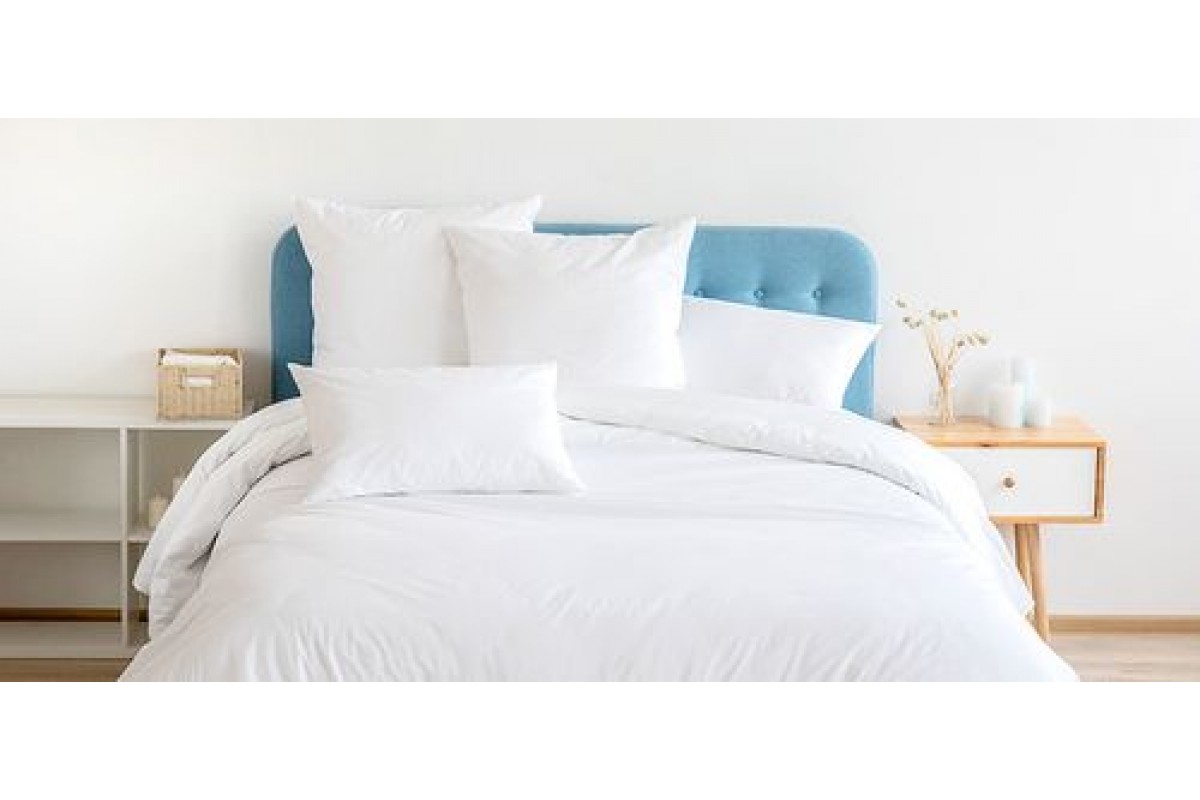

Is Wool Itchy? Unravelling the Truth About Wool Bedding
When it comes to choosing bedding, some people hesitate at wool, wondering, "Is wool itchy?" This article aims to dispel myths, highlight the importance of wool quality, and introduce the unique approach we take at Baavet to ensure our wool bedding delivers comfort without the itch.
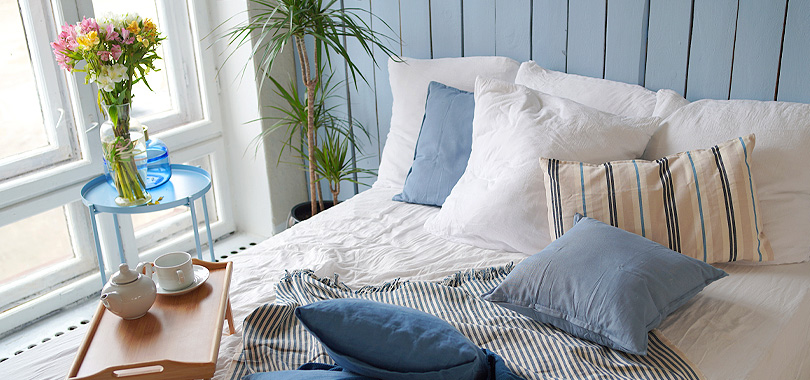
Understanding Wool Quality
When it comes to wool, the comfort level often hinges on the quality of the fibres used. Lower quality wool, characterised by a larger diameter of the wool strands, tends to feel itchier. This is because coarser fibres are more abrasive against the skin, leading to the uncomfortable sensation often associated with wool. Conversely, finer wool fibres, which have a smaller diameter, are softer and more comfortable, reducing the potential for irritation.
Structure and Composition of Wool Fibres:
Wool fibres are complex in their makeup, covered with tiny scales similar to the shingles on a roof. These scales are integral to wool’s functionality, influencing everything from felting to its thermal properties. The scales enable wool fibres to interlock, which is crucial for maintaining wool’s natural loft—a key factor in its ability to insulate effectively.
Fibre Diameter and Quality:
The diameter of wool fibres is measured in microns, and finer fibres generally result in higher-quality wool. High-quality wool not only feels softer but also performs better in terms of elasticity and durability. This elasticity allows wool to retain its shape and loft over time, which is particularly important for bedding that needs to withstand regular use while providing consistent comfort and warmth.
If you’ve experienced itching caused by wool in the past and are wondering how to make wool less itchy, the answer lies in choosing a different kind of wool—specifically one with finer fibres and a higher quality grade.
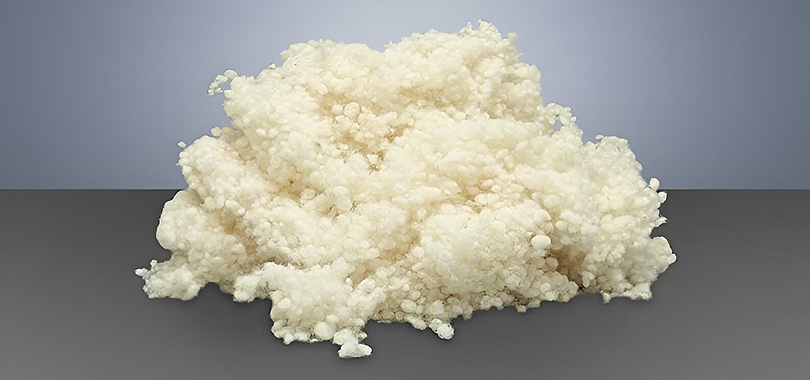
Different Types of Wool and Misconceptions
While you might have heard that certain types of wool, such as Merino, are far superior to others, when it comes to bedding, some of these are not ideal. Let’s look into why some wools that are excellent for clothing may not serve as well for wool duvets and pillows:
Type of Wool
Key Characteristics
Pros for Clothing
Cons for Bedding
Merino Wool
Fine, long fibres
Soft, high-end feel
Lacks loft to effectively trap air
Cashmere Wool
Ultra-soft, fine fibres
Luxuriously soft
Lacks resilience, mats down
Mohair Wool
Lustrous, strong fibres
Durable, shiny appearance
Stiff fibres, limited loft
Alpaca Wool
Light, hypoallergenic fibres
Lighter than sheep's wool, hypoallergenic
Lacks springiness, poor thermal retention
Camel Wool
Good thermal properties, rare
Warm, hypoallergenic
Expensive, less accessible
Virgin Wool
Never processed, naturally soft
Pure and natural
Variable quality, may include coarser fibres
Llama Wool
Durable, warm fibres
Suitable for heavier textiles
Coarse, lacks softness for bedding
While these types of wool have their strengths, their characteristics often do not align with the needs of high-quality bedding, which requires a balance of softness, resilience, and thermal regulation.

Wool Bedding at Baavet
At Baavet, we don’t use any Merino or pure Welsh Mountain wool. Instead, with the help of the Wool Testing Authority, which is the Wool Testing Authority for the whole northern Hemisphere, based at Caernarfon, we were able to identify the best wools to choose for your Baavets.
Our chosen breeds—predominantly pedigree sheep breeds and crossbreeds—are selected for their superior wool characteristics. These include a finer micron size and appropriate staple lengths, which are critical for achieving the desired properties in our bedding. The right micron size ensures the wool is soft and not itchy, while the correct staple length helps maintain loft, crucial for trapping air and providing excellent thermal insulation.
We focus on wool that has minimal to no kemp, the rough fibres found in lower-quality wool that can cause itchiness. We also encase our wool in a very high-quality 240 thread count cotton that is so tightly woven you can’t even blow through it. This exceptionally close weave prevents wool fibres from escaping the casing, ensuring that the wool never comes into direct contact with your skin.
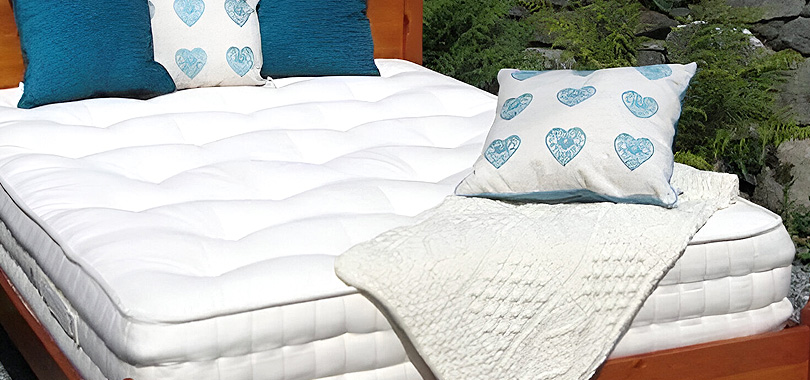
But, Could I Be Allergic to Wool?
While wool is often blamed for causing allergic reactions, true wool allergies are quite rare. The discomfort many attribute to an allergy is more likely due to the irritation caused by coarser wool fibres, which can be prickly against sensitive skin.
Understanding Lanolin:
One common misconception is that the itchiness associated with wool is due to an allergic reaction to the fibres themselves. However, it is more likely related to lanolin—a natural, waxy substance found on wool fibres. Lanolin acts as a waterproofing wax, which also makes wool naturally resistant to flames. While lanolin is beneficial for these protective qualities, it can very, very rarely cause reactions in people similar to those caused by other allergens found in personal care products.
Identifying a True Wool Allergy:
A true wool allergy would trigger an immune response similar to other allergic reactions, such as sneezing, runny nose, or itchy eyes, which are uncommon with wool. If you find that wearing wool causes rash or hives even when there’s a barrier like a cotton layer between the wool and your skin, it could be a sign of a true allergy to either the wool fibres or to the lanolin.
Managing Sensitivity:
At Baavet, we take care to address concerns around wool sensitivity without compromising the wool's natural qualities. We gently wash our wool to preserve its natural properties, while effectively removing most of the lanolin. This collected lanolin is then utilised in the pharmacy industry, including skincare products, demonstrating its safety for most people. By minimising the lanolin content while preserving the wool's integrity, we ensure that our bedding remains comfortable and less likely to irritate sensitive skin, making it ideal for a peaceful night's sleep.
By understanding the true causes of discomfort associated with wool, customers can make better-informed decisions about their bedding choices and enjoy the natural benefits of wool without discomfort.
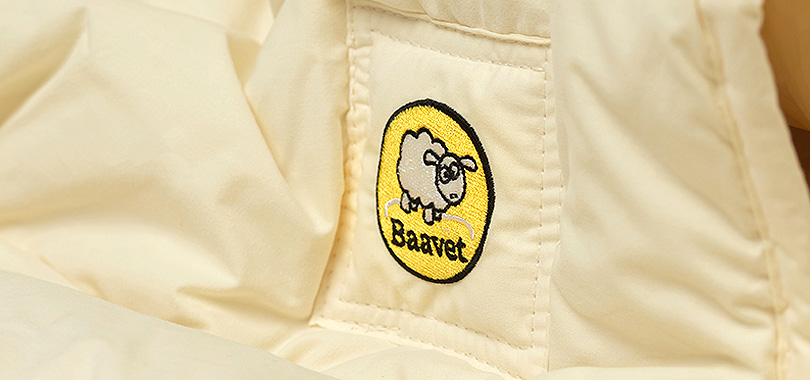
Discover the Baavet Difference
We invite you to experience the unique comfort and quality of Baavet wool bedding. Explore our range of products designed with your sleep in mind and say goodbye to the itchiness associated with lower-quality wool. Baavet is committed not just to comfort, but also to sustainability. Our wool is sourced from ethical farms and processed without harsh chemicals, ensuring every product supports both your health and the planet.
Additionally, our bedding naturally regulates your temperature minute by minute, just as it does on the sheep. This remarkable ability ensures that our wool provides a consistently comfortable sleep environment by adapting to your body's needs in real time. Its breathable, moisture-wicking properties further enhance this effect, creating a hygienic and conducive atmosphere for a restful night’s sleep in any season.

